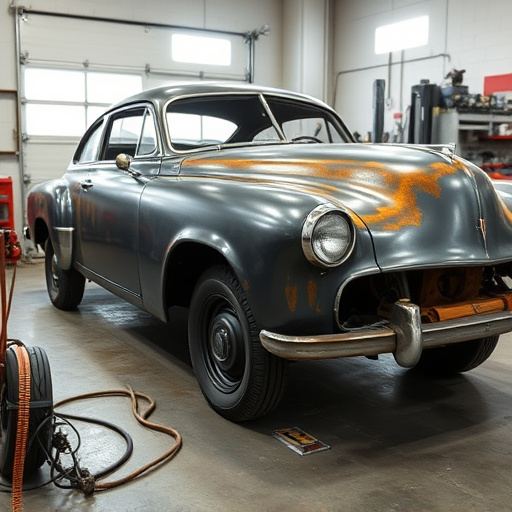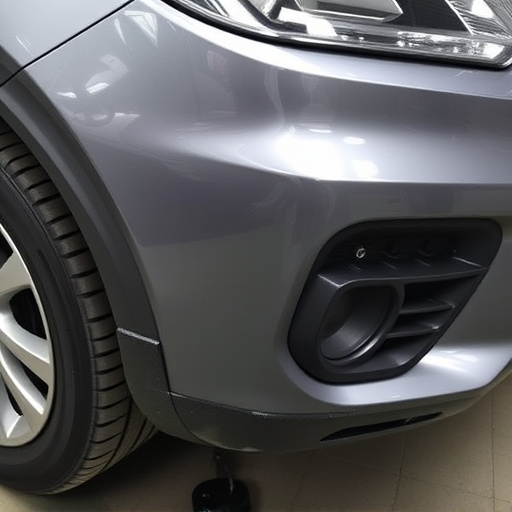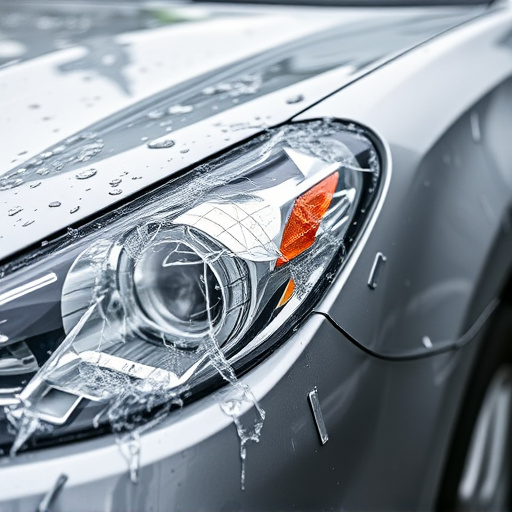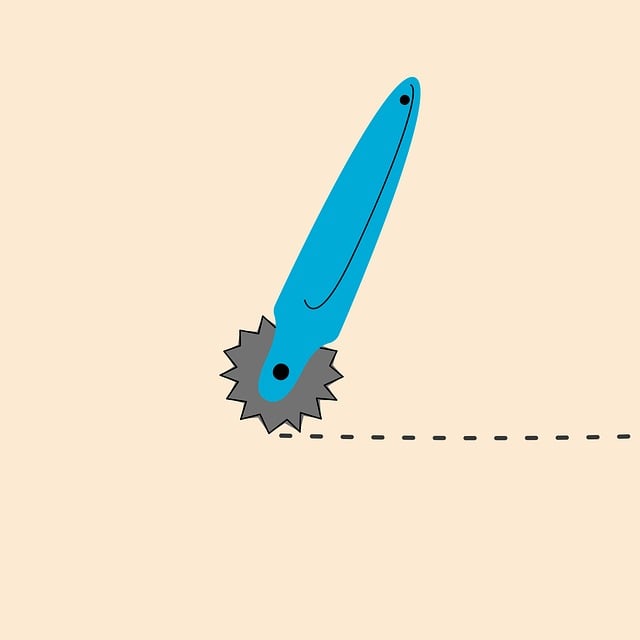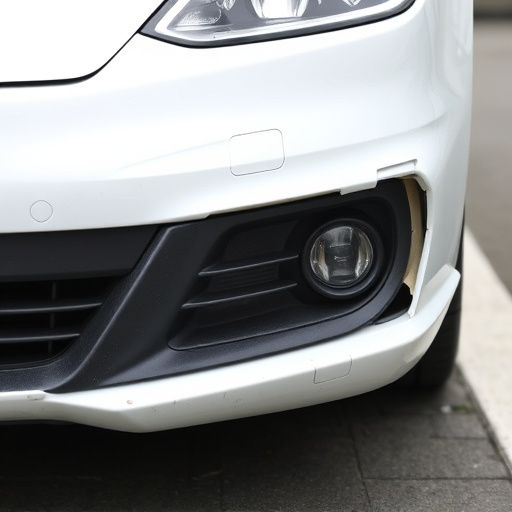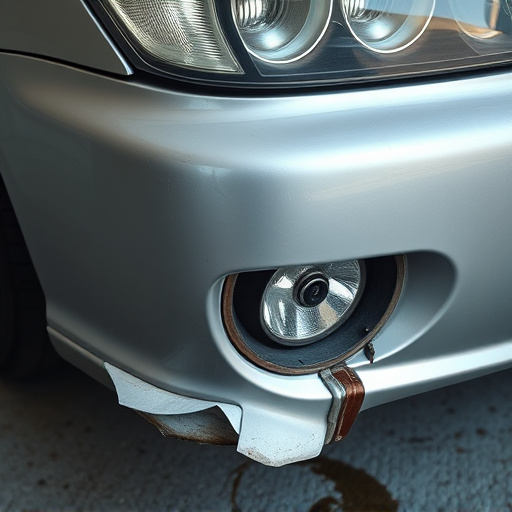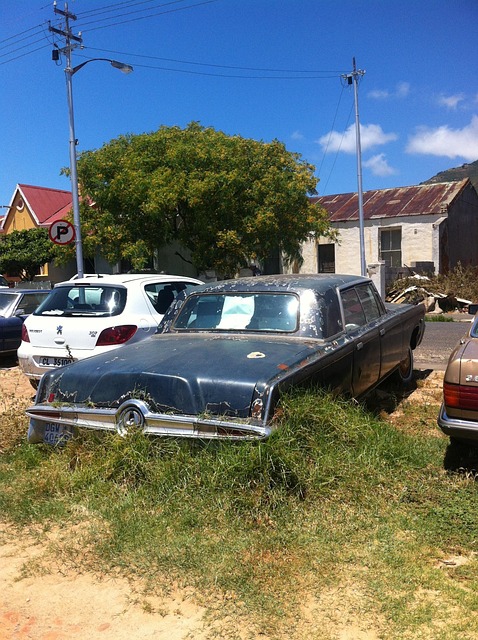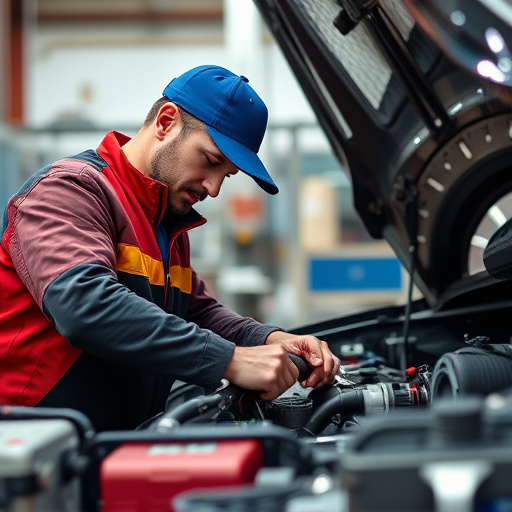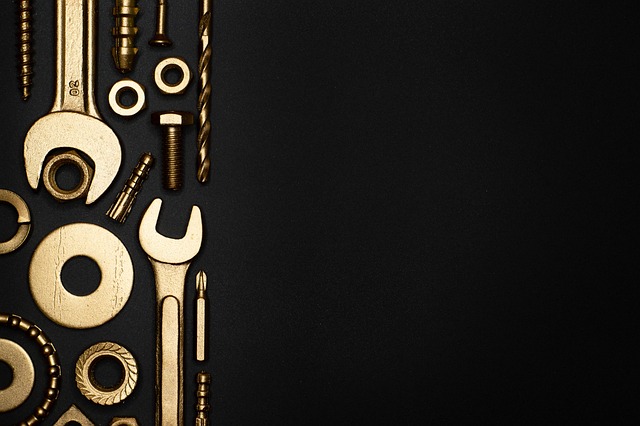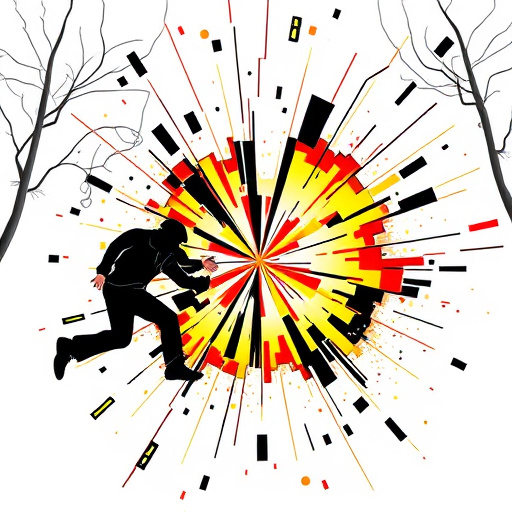Dashboard repair collision procedures require a structured approach and skilled technicians to ensure high-quality repairs. This includes initial damage assessment, safe removal of components, and accurate reconstruction using adhesives and fillers. Training should emphasize meticulous inspection, knowledge of dashboard designs, double-checking work, and team communication to avoid errors and achieve flawless results.
Training staff for effective dashboard repair collision procedures is paramount for any automotive service center. This comprehensive guide delves into the essential steps and best practices for achieving precision in dashboard repairs. From understanding the fundamental process to identifying common mistakes, we provide a step-by-step training program designed to elevate your team’s skills. By mastering these techniques, you’ll ensure superior results, customer satisfaction, and reduced repair times in the face of increasingly complex dashboard designs.
- Understanding Dashboard Repair Process Essentials
- Step-by-Step Training for Effective Collision Repairs
- Common Mistakes & Tips for Perfection in Dashboards
Understanding Dashboard Repair Process Essentials
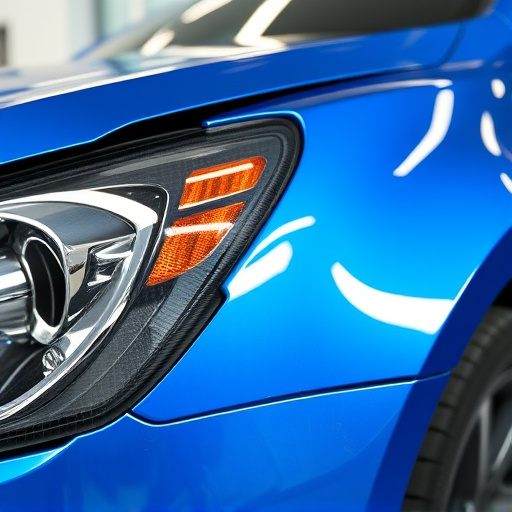
Understanding the intricacies of dashboard repair is paramount for any automotive service center aiming to provide efficient collision repairs. The dashboard, a central component in modern vehicles, serves both aesthetic and functional purposes. A skilled technician must be adept at handling various issues, from cracks and scratches to complete replacements, ensuring precision and safety throughout the process.
Mastering the dashboard repair collision procedure involves several key steps: assessing damage, gathering necessary tools and materials, demounting affected parts, repairing or replacing components, and remounting with meticulous care. It’s also crucial to stay updated on industry standards and best practices in classic car restoration and collision damage repair, especially when dealing with intricate vehicle dent repairs, to deliver top-notch service that meets customer expectations.
Step-by-Step Training for Effective Collision Repairs

Effective dashboard repair collision procedures demand a systematic approach, and step-by-step training is crucial to ensure every staff member understands their role. The process begins with an initial assessment of the damage, where technicians meticulously examine the dashboard for cracks, dents, or any other imperfections caused by the collision. This involves using appropriate tools to measure and document the extent of the damage, a skill that can only be honed through hands-on training.
Once the assessment is complete, the training progresses to the actual repair techniques. Technicians are taught how to remove damaged components safely, a process that requires precision and patience. They learn about different types of adhesives and fillers suitable for specific dashboard repairs, ensuring they can match the original finish seamlessly. Through detailed demonstrations and practice sessions, staff members gain proficiency in shaping and molding the dashboard to its pre-collision state, transforming a damaged surface into a pristine one.
Common Mistakes & Tips for Perfection in Dashboards
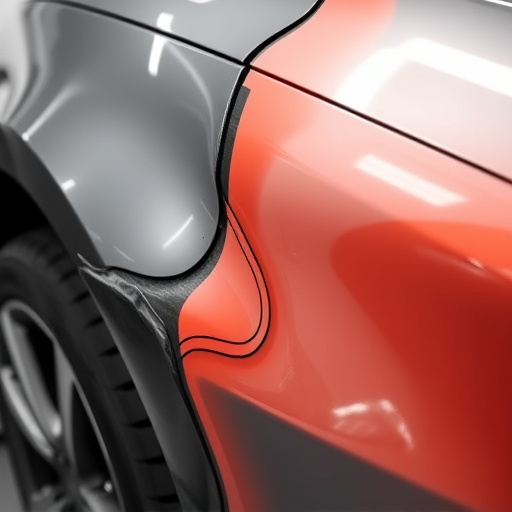
In the realm of dashboard repair collision procedures, auto body shops and collision repair centers often encounter recurring mistakes that hinder perfection. One of the most common errors is neglecting to properly assess the extent of damage before initiating repairs. This can lead to inadequate or excessive repairs, respectively, causing unnecessary costs and subpar outcomes. Staff must be adept at identifying hidden damage, especially in complex dashboard components, to ensure every part is addressed correctly.
To mitigate these issues, training should emphasize meticulous inspection techniques and comprehensive understanding of various dashboard designs. Additionally, fostering a culture of double-checking work can prevent hasty repairs. Encouraging open communication among team members allows for knowledge sharing and ensures everyone adheres to the highest standards. Remember, in the world of fender repair, precision and thoroughness are paramount to achieving flawless results.
Training staff in effective dashboard repair collision procedures is a vital step towards ensuring high-quality and consistent vehicle restoration. By mastering the essentials, adhering to step-by-step guidance, and avoiding common mistakes, your team can deliver exceptional results that meet customer expectations. Incorporating these strategies into your training regimen will empower your staff to handle dashboard repairs with precision and confidence, ultimately enhancing your workshop’s reputation in the automotive industry.
